top of page
DESIGN STUDIO 5
PROJECT 1 : PRELIMINARY STUDIES
INTRODUCTION
The Preliminary Studies is a preparatory assignment that focuses on investigating basic notions of the city, and learning from examples of community library around the world. The aim is to focus on urban study in order to find opportunities to promote a community library in the given context. This assignment firstly introduce students to the basics in urban design and its relation to architecture, and secondly, studying and determining the programmatic function, societal role and spatial layout of a community library and architectural responses for urban infills.
The Preliminary Studies comprises of two components: urban study through site documentation and analysis, and Precedent Studies of Urban Infills and Community Library. The urban study will equip students with a firm understanding of the site they will be working with this semester, while the Precedent Studies will provide an insight into architectural responses for designing an urban infill community library. The outcome of the Preliminary Studies will include the production of site documentation materials (drawings and models in both digital and physical copy for further use), a comprehensive analysis of the site, and a detailed case study of a relevant urban infill and community library.
TASK
Site Analysis (Urban Study)
The site is at Jalan Sultan in Kuala Lumpur. The study has to be done in two levels of complexity, namely, the macro and micro contexts. Whilst the macro study is about the role and how the location fits into the city. In micro study we are to make a comprehensive study on urban form, activity and movement-pattern. ‘Legibility Analysis’ (Responsive Environments, Bentley) which is a method through the exploration of Kevin Lynch’s Elements of legibility (Lynch, 1960) is employed here as a study method. We are to establish possible opportunities (such as routes and attractions) to sustain and to offer legibility by the community library.
Precedent Studies
Each group is required to study and analyse one example of an urban infill that is a community library. In analysing this example, we should develop an understanding and awareness of:-
(1) What is an Urban Infill?
(2) What is a Community Library?
Site Analysis Board
REFLECTION



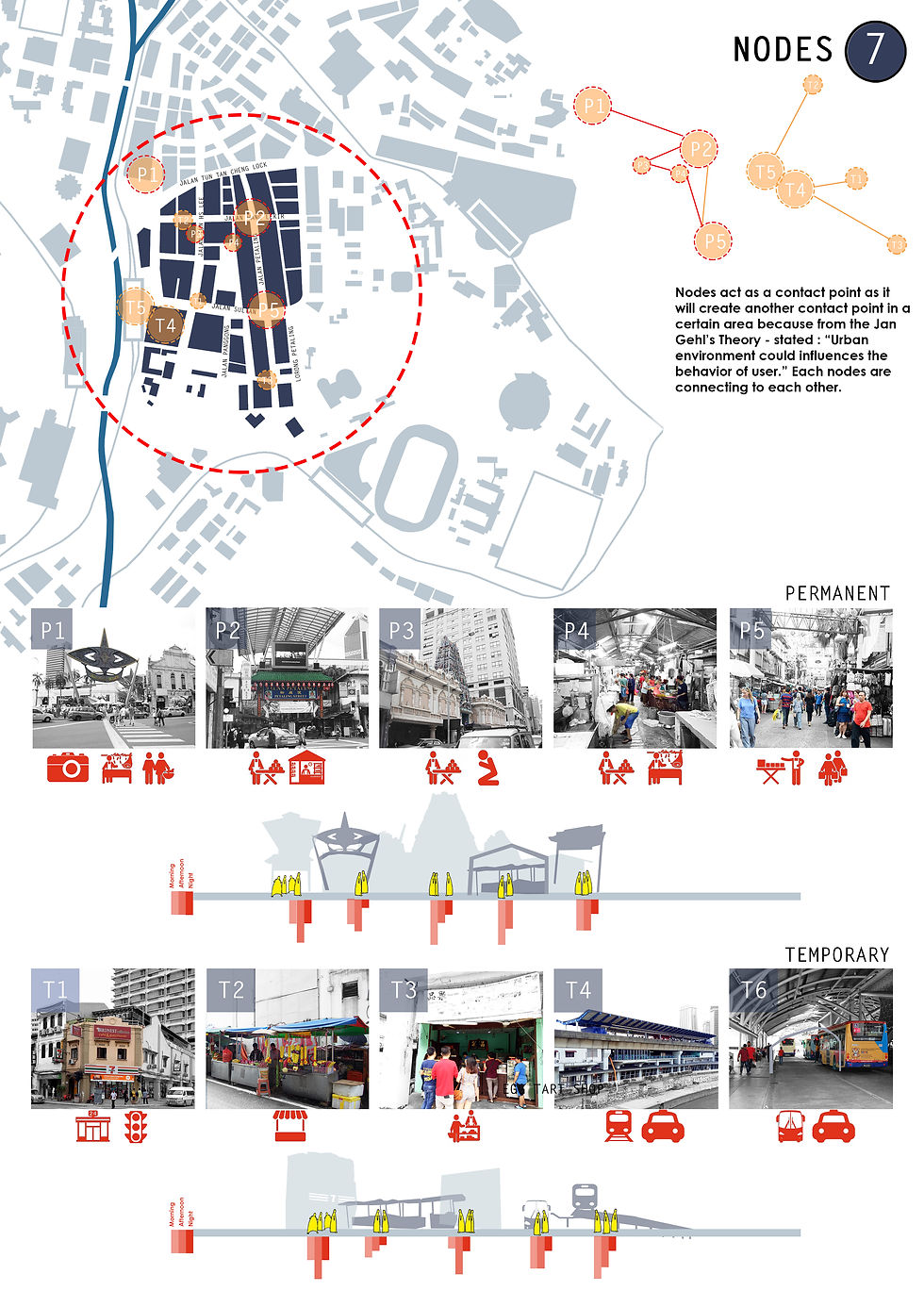














1/2
Through this project, I’ve learnt to conduct case studies and site analysis to generate an understanding of the physical and cultural context and development of urban environments. Besides that, I am now able to determine and describe the role of community library in a contemporary urban settings and examine, establish the appropriate architectural responses and strategies for designing within an urban infill site. Finally, I am able to produce necessary documentation which includes diagrams, mappings, photographic images, orthographic drawings and models to record and communicate site analysis findings, and for the further use in the coming design stages.
PROJECT 2 : COMMUNITY LIBRARY
For this project, we will concentrate on designing a community library within an urban infill site. The design of the building is to consist of appropriate architectural responses that address the aspects of the urban street context and user behavioural patterns as discerned and analysed in the Preliminary Studies. Apart from developing an appropriate formal and elevational strategy in response to the character of the street, the design should take into consideration a holistic application of structural, spatial, functional and environmental requirements to address the user needs for a community library. The design development of this project will include an introduction to the legislative restrictions that impact an architectural scheme, the integration of lighting and acoustic design, as well as the design exploration and detailing of the façade and building envelopes that is coherent with the architectural language of the overall design project.
Final Presentation Board
Click to enlarge image :
REFLECTION

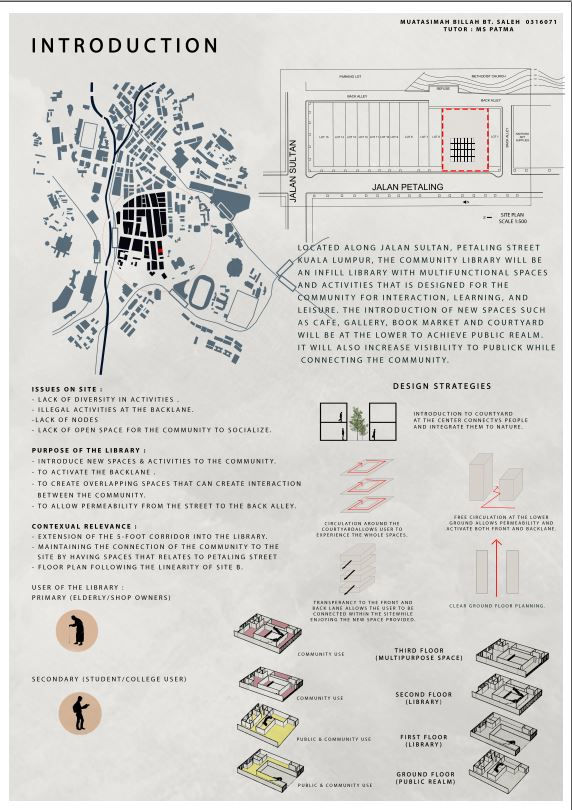
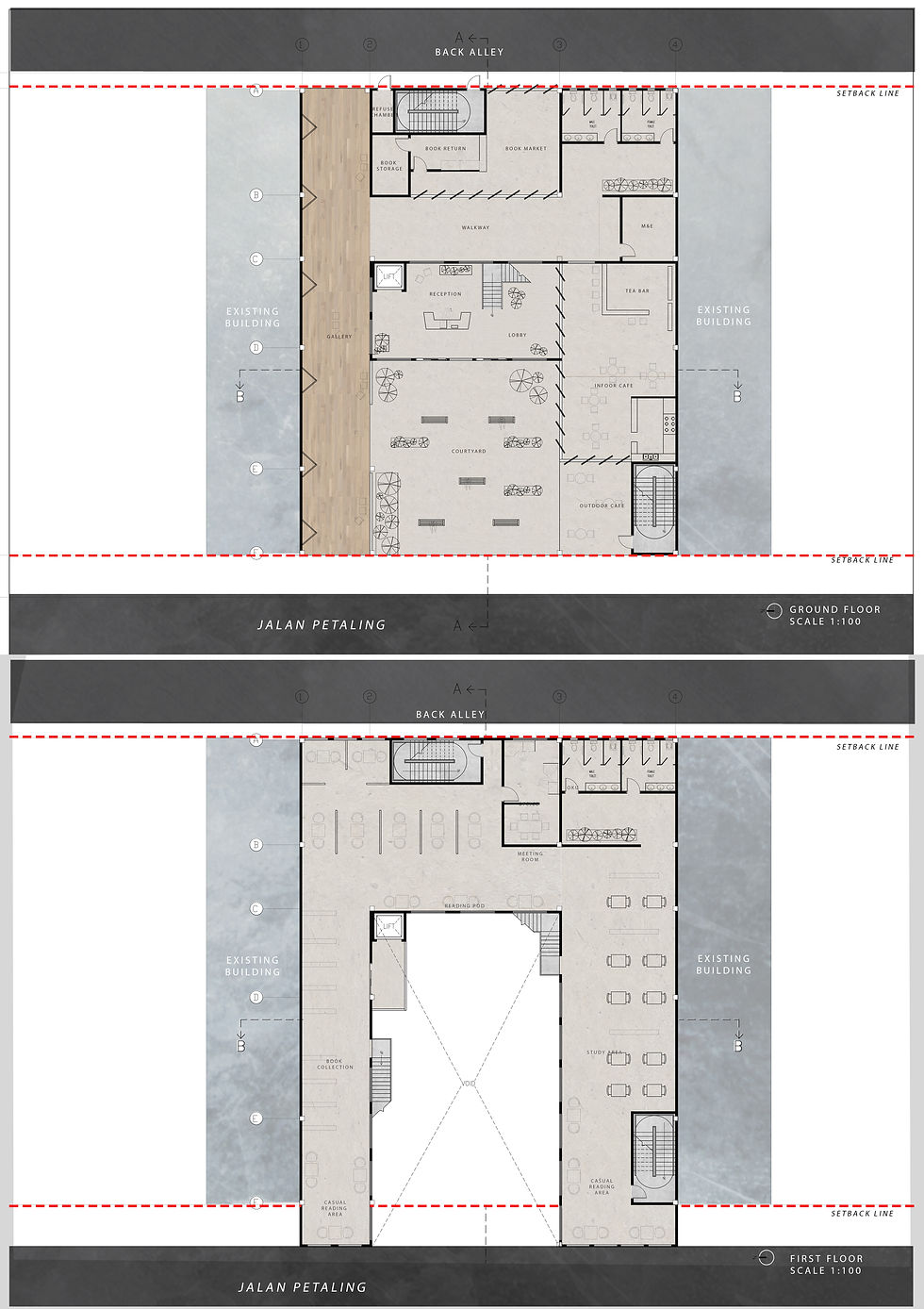



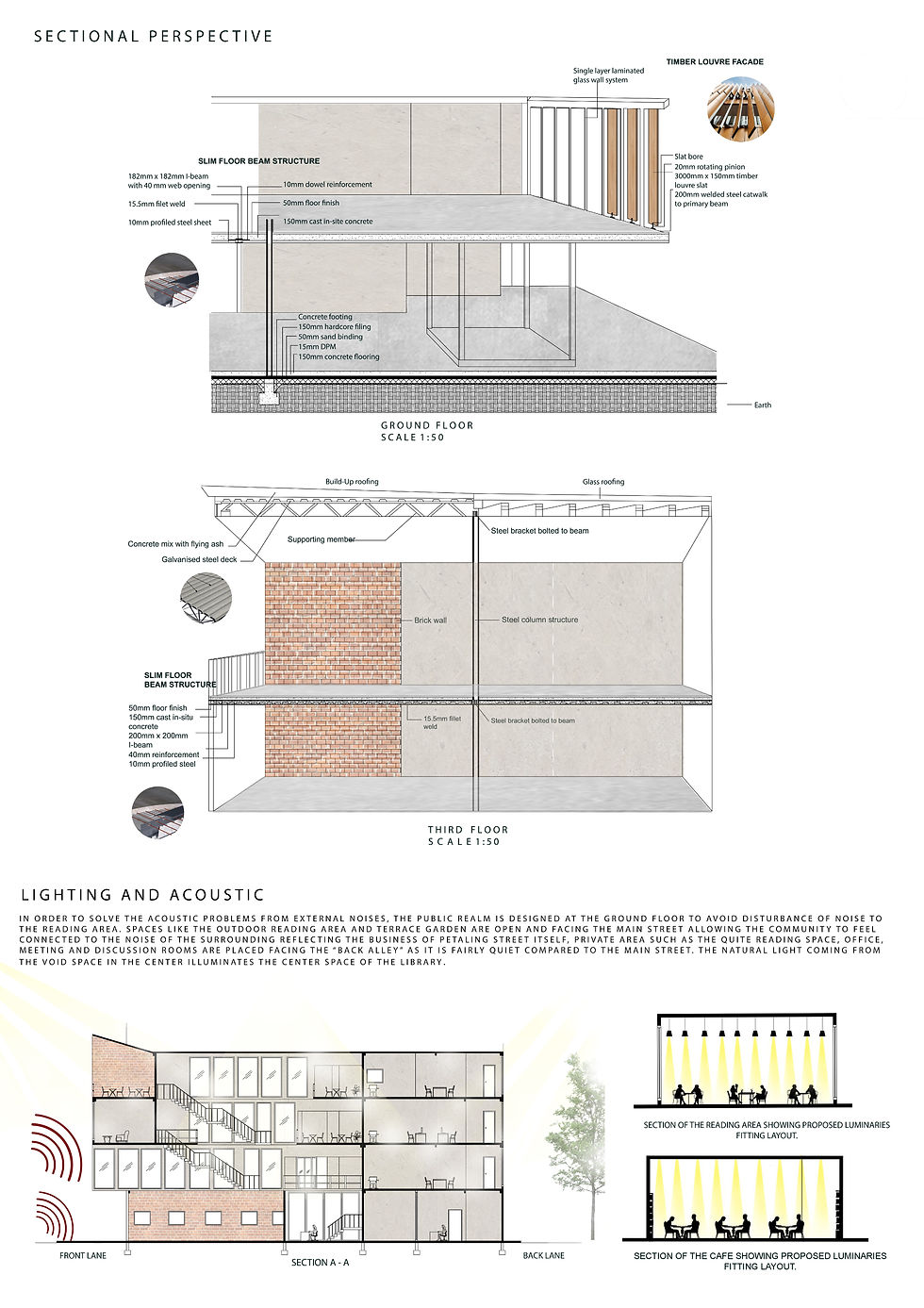
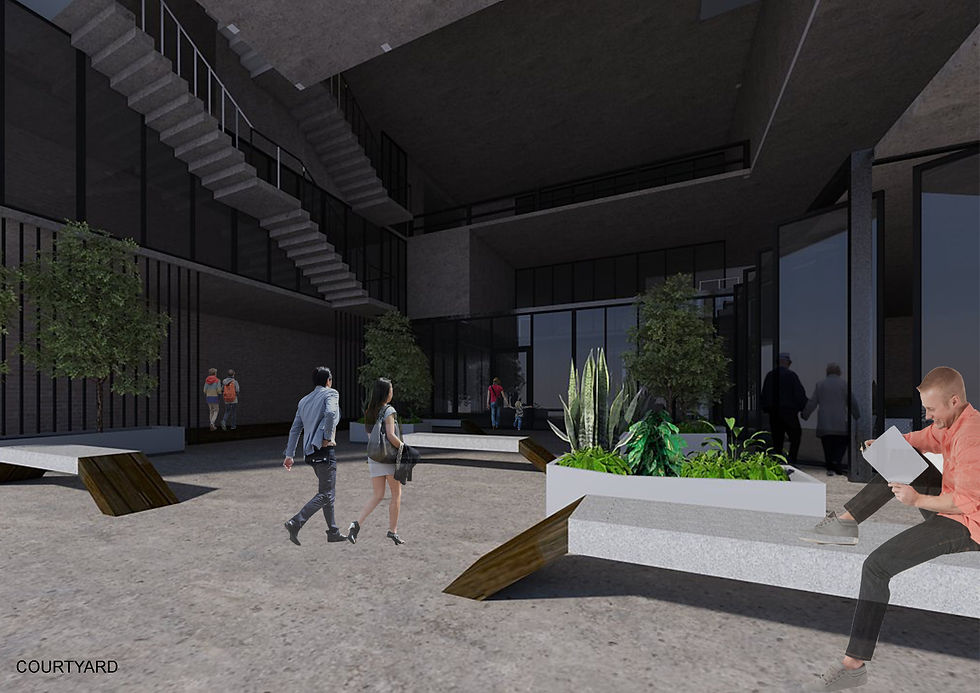





1/1
Through this project, I’ve successfully produce a design outcome for a community library that is site-specific through its formal, cultural, legislative, structural and environmental design responses. I was able to apply basic knowledge of urban architectural typologies, infill design strategies, and community library programming. Besides that, I was able to design within the constraints of feasibility and in response to basic design codes and statutory requirements. Finally, I was able to utilize study models, diagramming, mapping, ortographic plan-section and elevation studies to explore and resolve relevant spatial structural functional and environmental issues in the design development phase and finally producing drawings in both 2D and 3D, models and presentations to verbally and visually communicate architectural ideas and scheme.
bottom of page